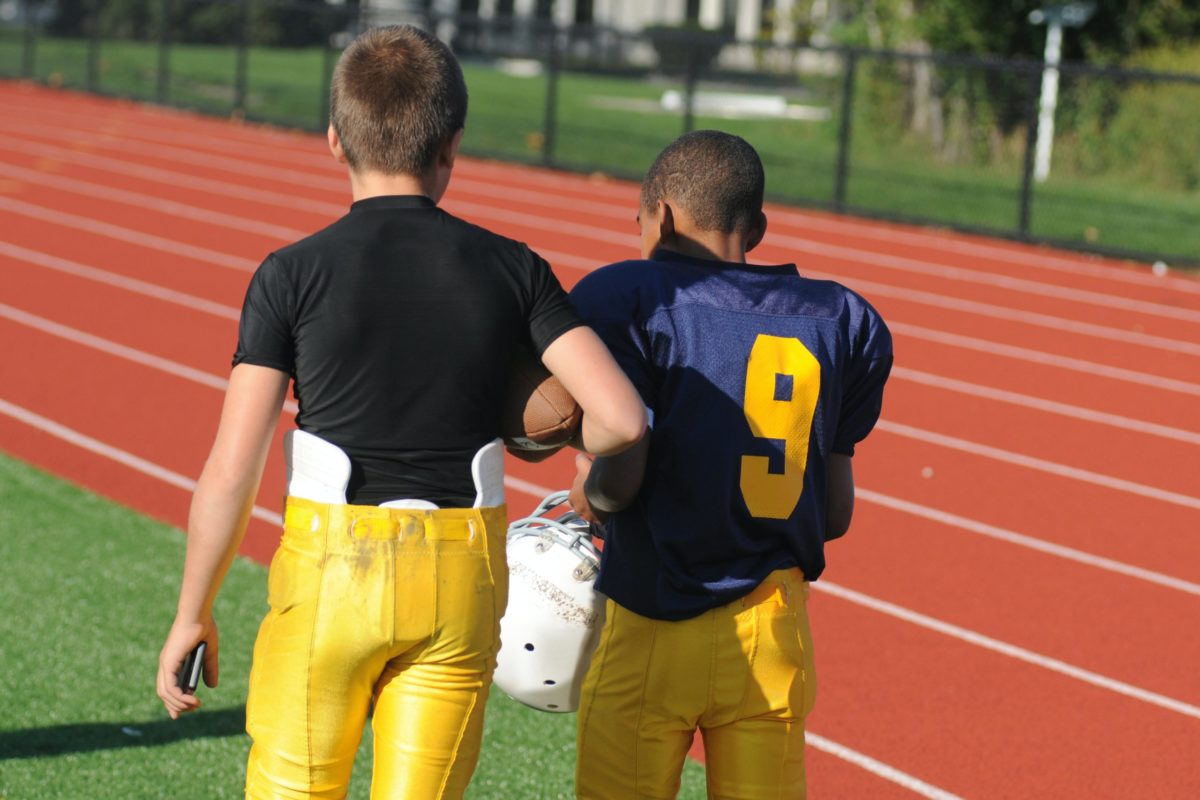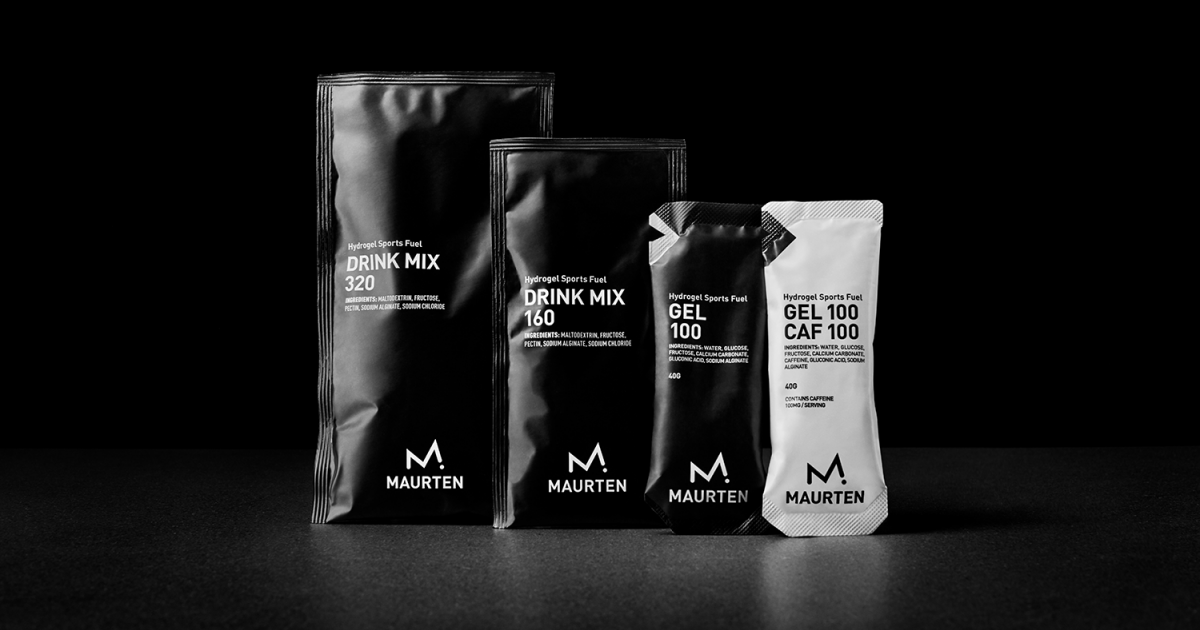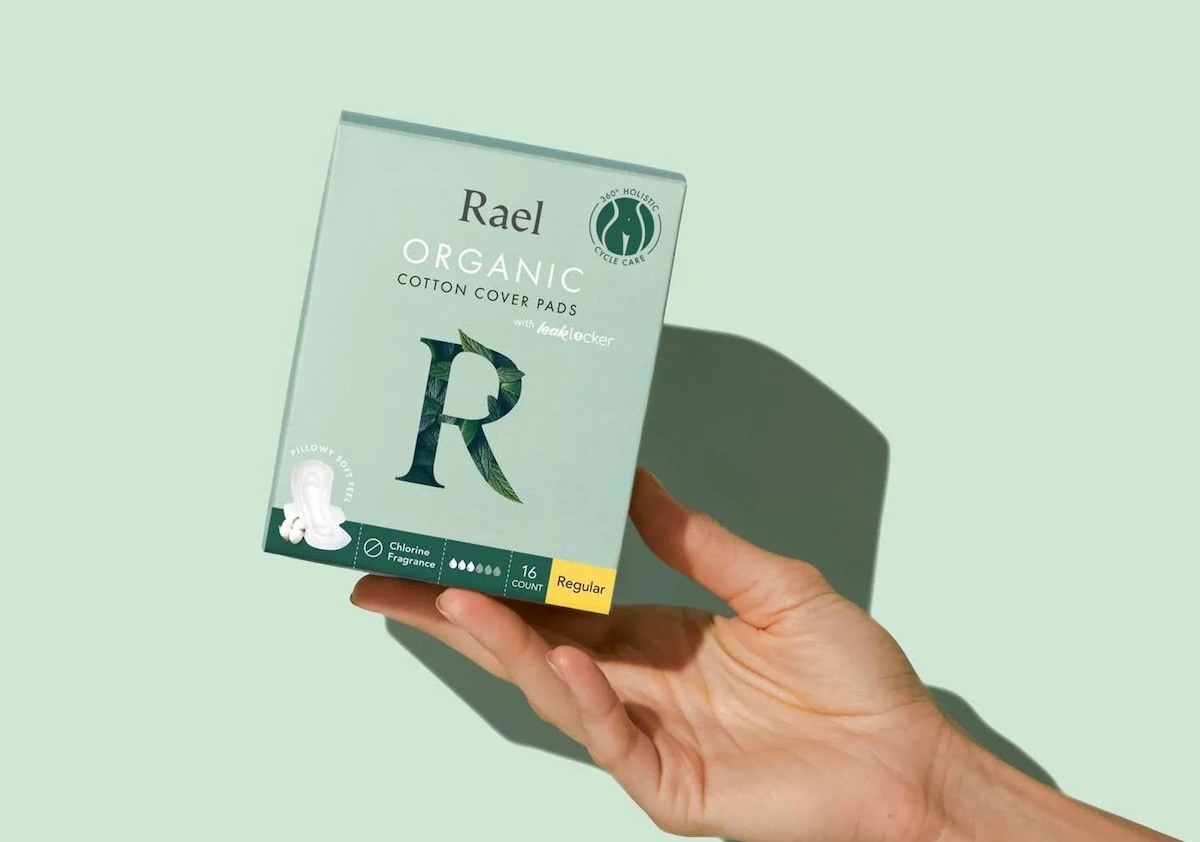After falling during the pandemic, youth sports are slowly rebounding — and the impact on physical, mental, and behavioral health cannot be understated.
The latest: According to The Aspen Institute’s annual State of Play report, overall participation in team sports is still below pre-pandemic levels, but the number of hours children played is way up.
- 37% of youth aged 6–12 played team sports on a regular basis in 2021, slightly down from 38% in 2019 and 2020.
- Children aged 5–18 averaged 16.6 hours of sports activity per week, up from 7.2 in 2020 and 13.6 pre-pandemic.
- Only 13.6% aged 6–17 reported no sport activity whatsoever, up from 19.8% in 2014.
Highs and lows. Notably, in a survey of representative parents, 72.5% stated their child’s physical fitness levels had “improved greatly or somewhat” by fall 2022, compared to a year prior, when 24% believed levels had deteriorated.
The bad news? 27% of parents say their child has lost interest in playing sports altogether. And, according to a concurrent report from the Physical Activity Alliance, middling participation in sports isn’t offsetting shortcomings in overall physical activity.
- BMI for children doubled in the first year of the pandemic vs. pre-pandemic, with physical activity falling and sedentary time sharply gaining.
- The US received a D- grade for participation in physical activity in the school setting, ranking 51/52 of developed nations.
- 41% of kids engage in weekly unstructured free play (recreation or primary sport activity outside practices and games), drastically falling from 55% in spring 2021.
Head in the game. Proof that sports are bigger than physical fitness, arguably the most significant health gains for adolescents were holistic.
- 58.4% of parents say their child’s mental health has greatly improved.
- 65.4% report improvements in emotional control.
- 71% cite improved social well-being.
Takeaway: Sports and recreation have a part to play in the overall health of the nation. To reverse the trends, making sports fun and fair for all will take a radical shift, from breaking down cost barriers to revamping gym class to adults leading lifestyle change by example.



